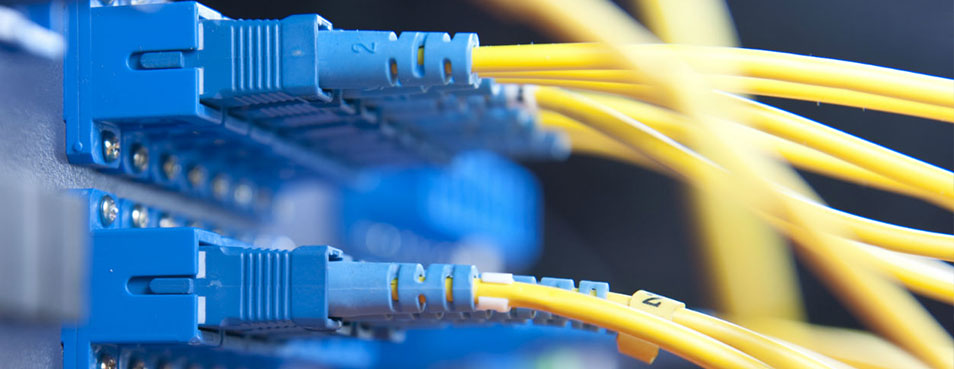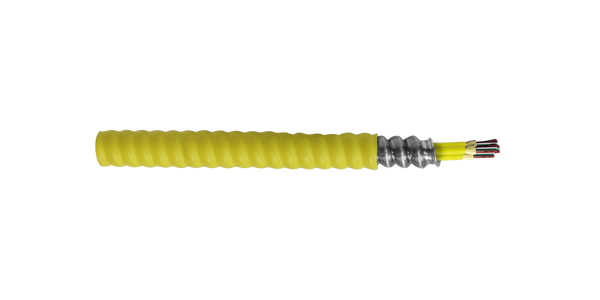
Single Mode Fiber-Optic Cable
Single Mode Fiber-Optic Cable – The Specifics
When discussing Fiber-Optic Cable there are two distinctions in the types of cable that are available and that is whether it is Single Mode or Multimode. Both Single Mode and Multimode fiber cable present unique advantages but we will mainly be talking about the specifics in Single Mode Fiber Optic Cables. The importance of understanding the distinctions between Single Mode and Multimode is critical, and this knowledge will allow the application of the chosen product to be more efficient.

Knowing the Basics about Single Mode Fiber
The title of the product, “Single Mode” (also known as monomode), reflects the fact that a single ray of light is transferred through the cable at a given time. Single Mode fiber has an average core diameter of 9 micrometers, which is much smaller than Multimode fiber that measures either 50 or 62.5 micrometers. The single beam of light that travels through the narrow core of the Single Mode fiber has the advantage of not facing interference from other light rays because it only transmits a singular light ray at a time. On the other hand, Multimode carries multiple light rays at a time and is susceptible to interference between rays. Single Mode fiber is a great choice when the objective is sending a signal a greater distance with clear transmission.
Single mode fiber typically travels at wavelengths of 1310 and 1550 nanometers and has an average attenuation of 0.4 db/km. As a means of retaining high speeds with minimal loss of signal, a laser light source is frequently applied within the single mode fiber as opposed to an LED source. Lasers are a much stronger light source and inherently more accurate; lasers are faster and at far less risk of faltering in comparison to LEDs. Accordingly, with a precise diameter, a superior single light source and unlimited bandwidth because of this single mode fiber is ideal for applications spanning greater distances.
What is the cost of single mode fiber?
When comparing single mode fiber to multimode fiber, the costs are subjective. Though multimode fiber itself is often times more expensive than single mode fiber, the installation process and requirements necessary for single mode fiber substantially increase the total cost; this is a result of transceiver, interconnect, and alignment costs that are higher due to the intricate structure of single mode fiber. Nonetheless, single mode fiber is ideal for backbone applications where obtaining high speed transmission is crucial.
In summary
Single mode fiber is designed to enhance any workspace with efficient modes of broadcast and communication. This sophisticated device could be a worthwhile investment, contributing a viable means of transmitting and receiving information on a daily basis. Fiber Savvy provides all the essentials needed to begin installation of any single mode fiber networking project.
